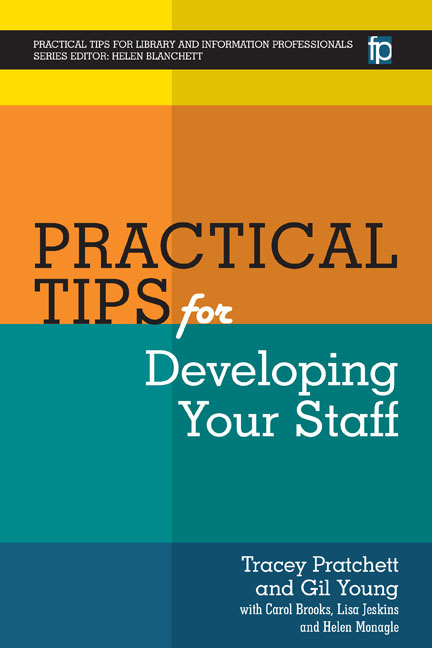Book contents
- Frontmatter
- Contents
- List of figures and tables
- Acknowledgements
- The authors
- List of abbreviations
- Series Editor's introduction
- Introduction
- Section 1 Theories
- Section 2 Infrastructure
- 11 Why develop staff?
- 12 Workforce planning
- 13 Job descriptions
- 14 Person specifications
- 15 Advertisements
- 16 Shortlisting
- 17 Interviews
- 18 Interviews – presentations and tests
- 19 Interviews – feedback
- 20 Inductions
- 21 Managing performance
- 22 Team development plans
- 23 Appraisals – preparing
- 24 Appraisals – conducting
- 25 Setting objectives
- 26 One-to-ones
- 27 Feedback – general
- 28 Team building
- 29 Team meetings
- 30 Sharing learning with the team
- 31 Writing references
- 32 Exit interviews
- 33 Effective handover
- Section 3 Activities and tools
- Index
15 - Advertisements
from Section 2 - Infrastructure
Published online by Cambridge University Press: 09 June 2018
- Frontmatter
- Contents
- List of figures and tables
- Acknowledgements
- The authors
- List of abbreviations
- Series Editor's introduction
- Introduction
- Section 1 Theories
- Section 2 Infrastructure
- 11 Why develop staff?
- 12 Workforce planning
- 13 Job descriptions
- 14 Person specifications
- 15 Advertisements
- 16 Shortlisting
- 17 Interviews
- 18 Interviews – presentations and tests
- 19 Interviews – feedback
- 20 Inductions
- 21 Managing performance
- 22 Team development plans
- 23 Appraisals – preparing
- 24 Appraisals – conducting
- 25 Setting objectives
- 26 One-to-ones
- 27 Feedback – general
- 28 Team building
- 29 Team meetings
- 30 Sharing learning with the team
- 31 Writing references
- 32 Exit interviews
- 33 Effective handover
- Section 3 Activities and tools
- Index
Summary
JOB ADVERTISEMENTS CAN often be the first impression that a potential member of staff gets of your service and the organization it serves. They are an essential part of your marketing. In some organizations you might have very little say about how advertisements are worded with reference to the organizational image but you should have a say about the service and role information. As with all communications you need to be clear about the message you want to get across. Following the AIDA (Mind Tools, 2016) formula will assist you with this:
AIDA
AttractATTENTION
BuildINTEREST
CreateDESIRE
Call toACTION
Alan Chapman clarifies this on the BusinessBalls website as follows:
This means that good job advertisements must first attract attention (from appropriate jobseekers); attract relevant interest (by establishing relevance in the minds of the ideal candidates); create desire (to pursue what looks like a great opportunity), and finally provide a clear instruction for the next action or response.
Chapman, 2006Best for
□ All vacancies. The advertisement gives you an opportunity to sell the post and your organization. Even if a role is not right for someone at this stage in their career the advertisement could flag you up as an employer they would be interested in working for in the future.
More
□ It is good practice to include a contact number or e-mail address so that potential candidates can contact you for an informal chat.
□ Think about where to place your advertisement. If it is for a specialist or senior role then advertise as widely as possible.
□ Do not underestimate the power of social media. Tweet links to the job advertisement and make use of e-mail lists.
□ Enlist the help of your HR team and, if you have one, your communications or marketing team.
To think about
□ Do not oversell the organization or the role. Honesty is important.
□ Do not forget the basics such as whether the job is full- or part-time, permanent or temporary, salary range and closing date for applications.
- Type
- Chapter
- Information
- Practical Tips for Developing Your Staff , pp. 36 - 37Publisher: FacetPrint publication year: 2016

